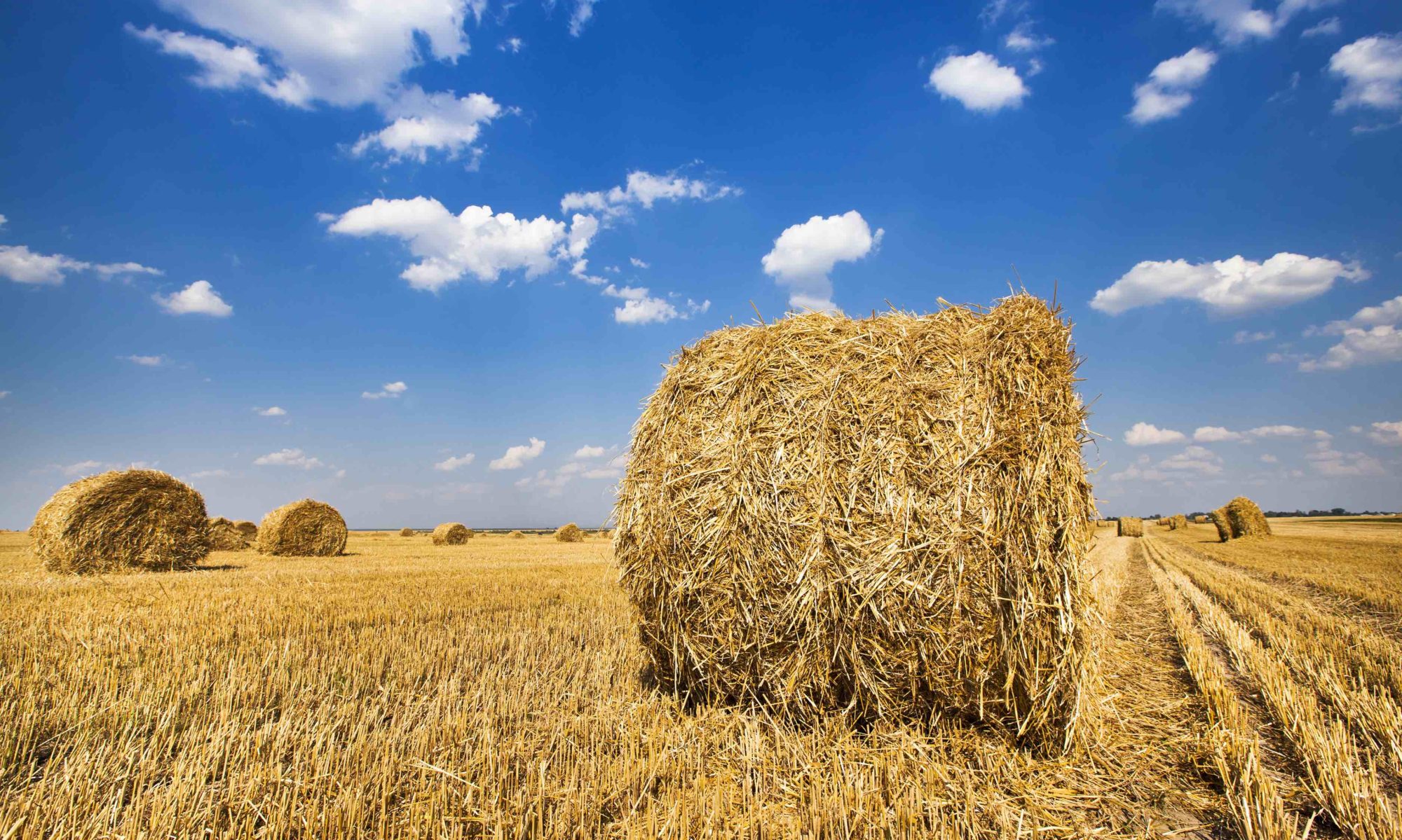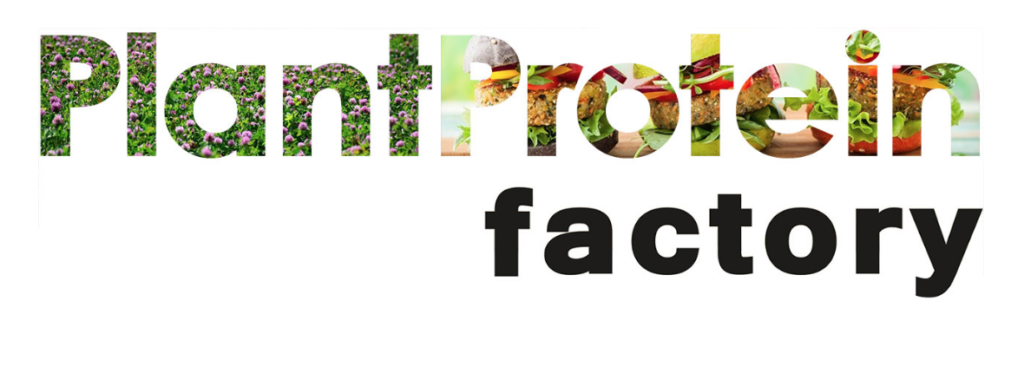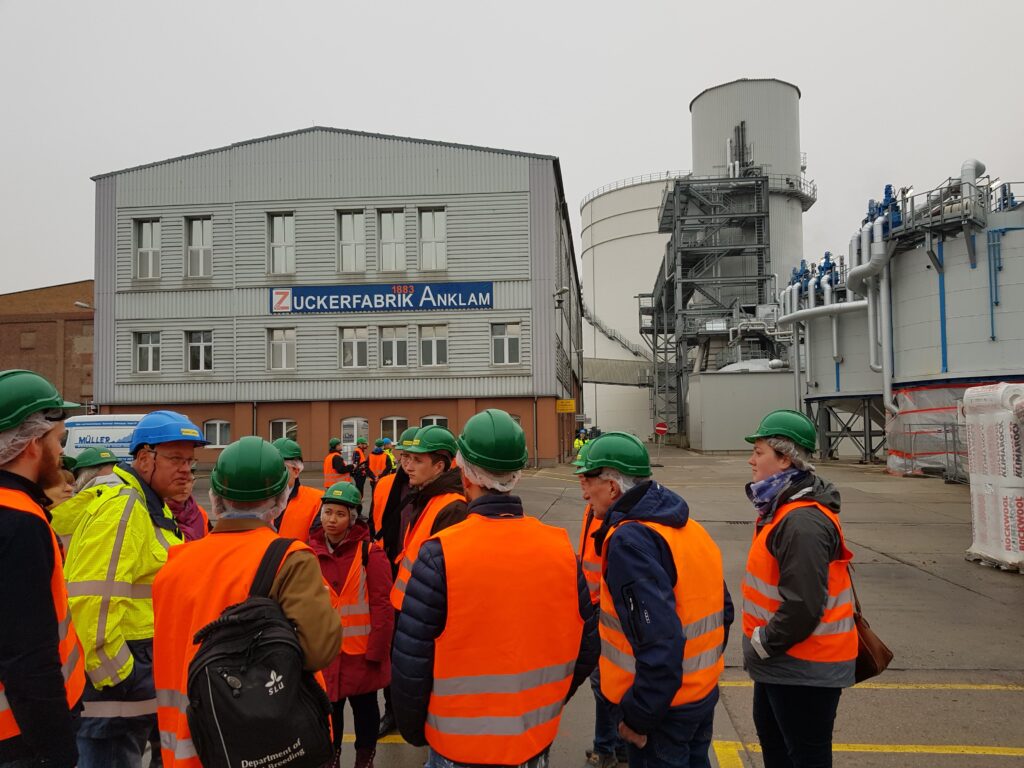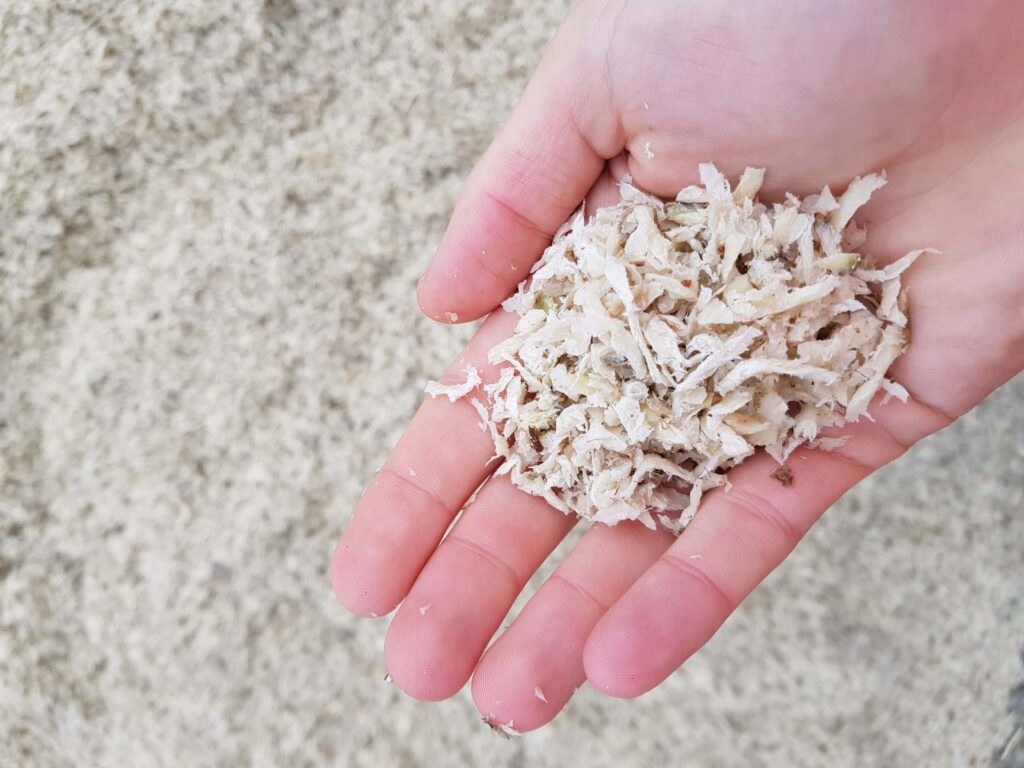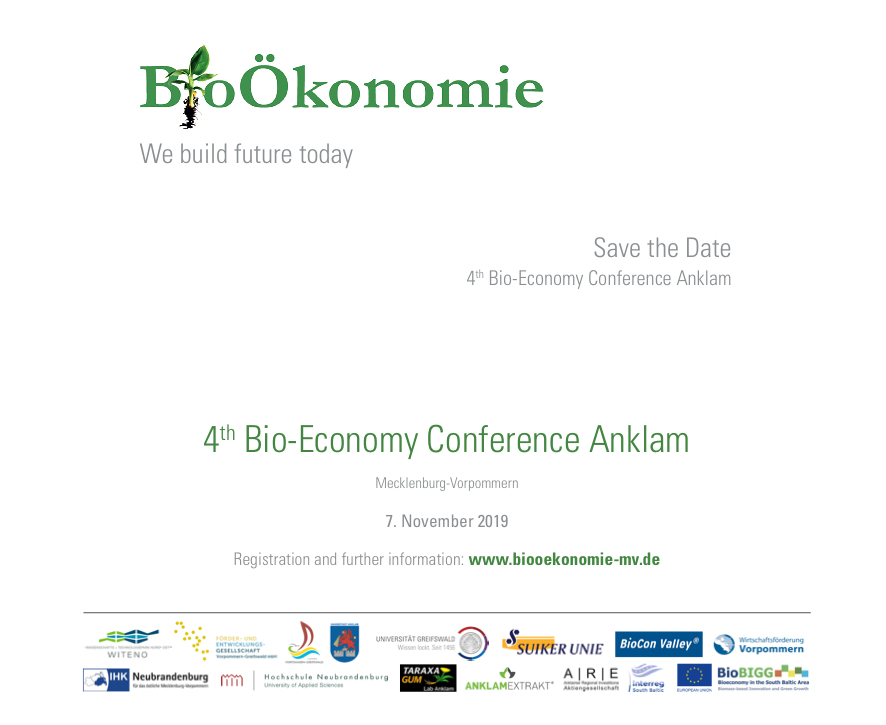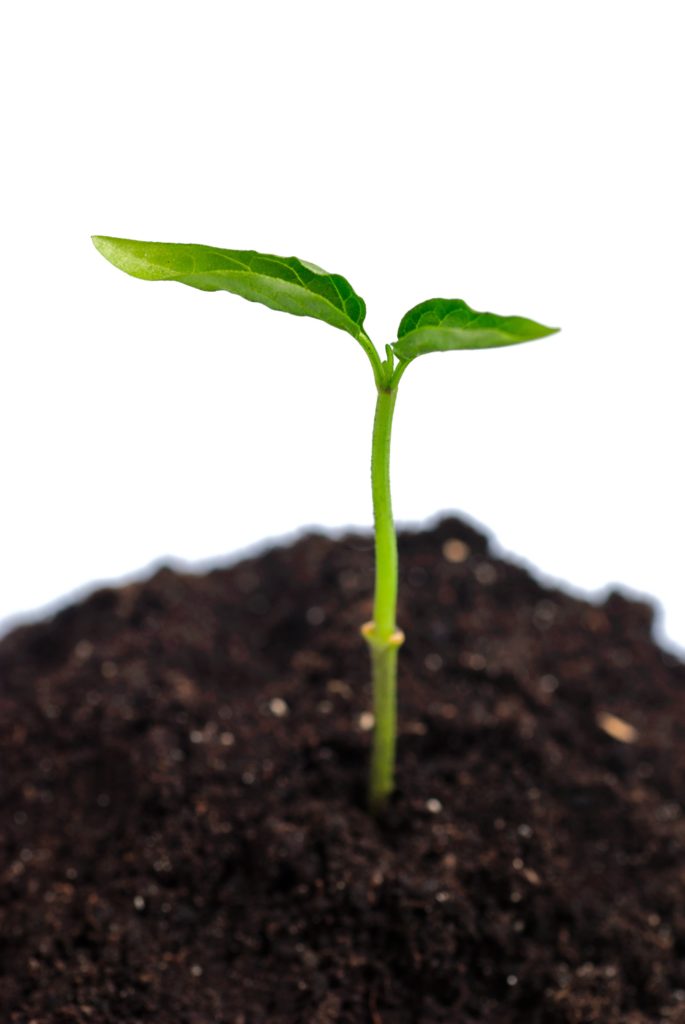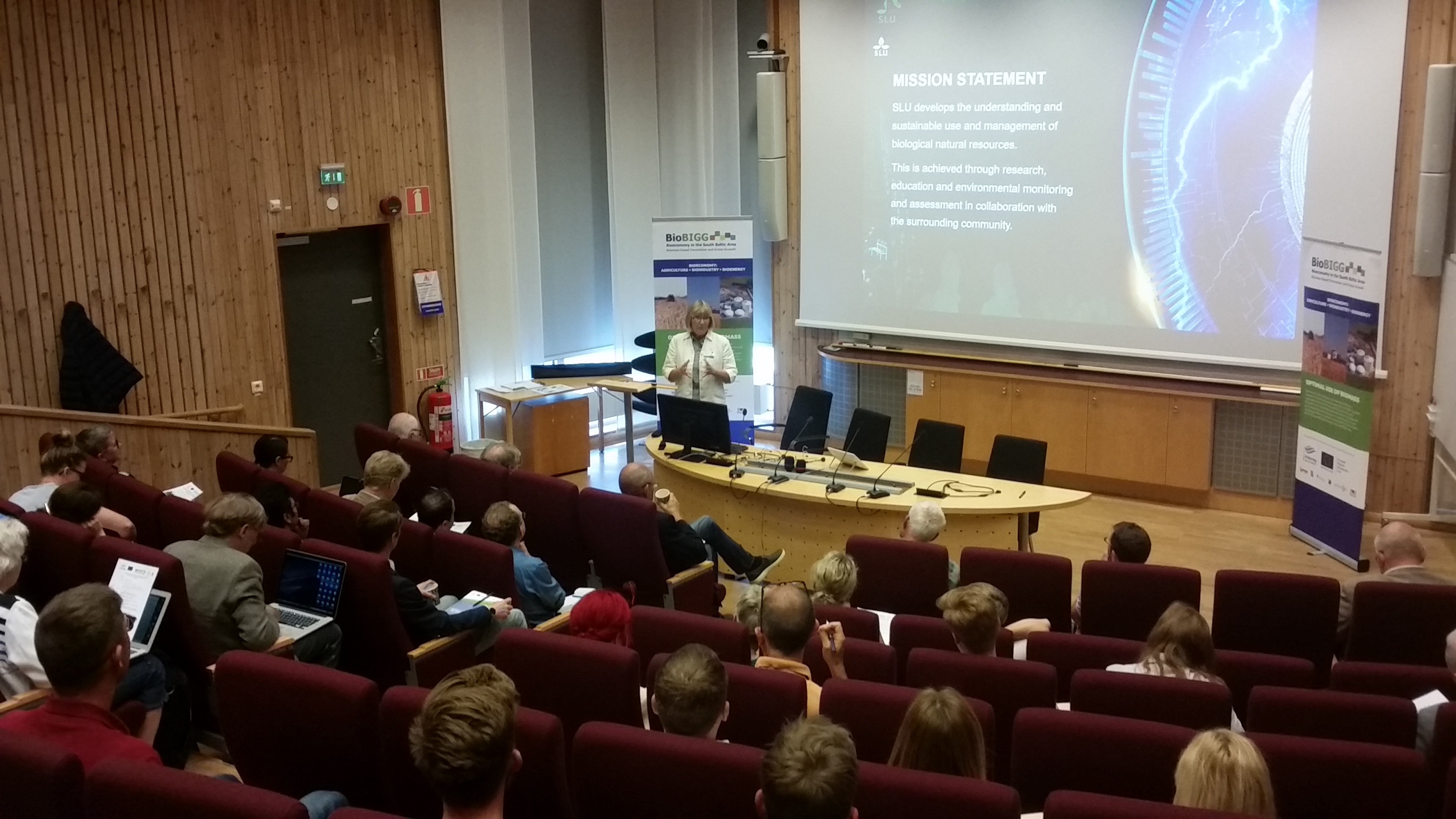
Endless possibilities, many good examples and strong engagement of companies and researchers were demonstrated at the international conference on Bioeconomy Business Development & Innovation that was held recently at the Swedish University of Agricultural Sciences in Alnarp, Sweden
On the 18 June 2019, 47 participants from industry and the research community met in Alnarp, Sweden, to learn more about successful innovations within the bioeconomy and opportunities to be further developed. The Interreg project BioBIGG was the host for this event as part of the project work. Moderated by Bengt Malmberg, RISE, several companies and universities presented their work with making their processes more resource-efficient while at the same time developing new products from side streams that earlier represented a cost as these had to be treated as waste.
Kalle Johansson from Lyckeby Starch, a south Swedish starch producer, underlined the importance on continuous development as they have done in the history of their company. Resource-efficiency and valorization of side streams need to go hand in hand in order to justify the investments in a process addition or change. To see the presentation by Kalle Johansson click on the video below:
As a Polish example, Dariusz Mikielewicz from the University of Gdansk presented Podole Wielkie, a crop and cattle farm, and Farm Frites Poland, a potato factory, formed an intriguing symbiosis, where the companies use each other´s residual streams to close material, energy and nutrient loops.
Paludiculture, or cultivation of rewetted peatlands, was one of the adjusted farming solutions presented by Anke Nordt from the German Mire Centre. The idea originated from the need of decreasing the large greenhouse gas emissions from drained peat soils and suggests potential crop alternatives that result in similar revenue for the involved farmers compared to their original cropping systems – minus a large part of the climate impact.
Using agricultural residues from seed production as solid fuel for biochar production is already a commercial reality in a small town in Skåne, south Sweden. Ann-Mari Fransson from the Swedish University of Agricultural Sciences (SLU) in Alnarp presented the changes that were made in Skånefrö, the seed company, and a number of new opportunities the biochar production has opened up for. Process energy is used for district heating while the biochar is developed as soil improver for urban applications such as city tree plantations, green roofs or innovative stormwater constructions.
Large-scale production of bioplastic polymers is a reality already, with innovative material properties as demonstrated by Åke Rosén from Gaia Biomaterials, Sweden. The feedstock is currently imported from Asia, but could just as well be produced in Sweden, if the full potential of crop production was realised, Åke argued. Furthermore he explained that the right choice of feedstock may also bring additional benefits, such as improved visual material properties and reduced climate impact. To see the presentation by Åke Rosén click on the video below:
As a reaction to the strong trend towards more plant protein based diets, new feedstocks are investigated for the extraction of food grade protein concentrate for direct consumption or as food additive. Thomas Prade and William Newson from the Swedish University of Agricultural Sciences (SLU) presented a prefeasibility study on the use of intermediate crops grown as catch and cover crops as feedstock for this purpose. Within an ongoing innovation project, the Plant Protein Factory, the proposed extraction process with be tested in the soon to be opened pilot plant at SLU. To see the presentation by Thomas Prade and William Newson click on the video below:
Tyge Kjær of the University of Roskilde, Denmark, rounded up the program with remembering the auditorium of the dimensions of the challenge in the transition to a bio-based economy and the still increasing energy and resource demand. On the other hand, the potentials for increased biomass production and supply are large and present a vast variety of opportunities for research and companies to not only solve the environmental problems of today but to create a more sustainable bioeconomy in the near future.
Workshop
In the afternoon, company representatives and researchers gathered for a workshop where barriers and drivers for the development of innovative bio-based products were discussed in thematic sessions. These sessions included the main four value chains that are in the focus of the BioBIGG project and that cover the largest feedstock potentials for product development – straw, forestry residues, industrial and household food wastes and residues from the sugar industry. Common for all value chains was that high potential economic profits for innovative products are in sharp contrast with high investment risk, indicating the need for extended public investment funding. Another barrier was identified in the industry demand for homogeneous feedstocks at constant quality, while residual feedstocks are often varying in quality and volume during the year, boiling it down to issues in storage and logistics.
During the day many ideas were exchanged and developed and horizon widened. The informative atmosphere was appreciated by many participants and the discussions in plenary and breaks were a start to bridge the gap between the researcher´s and the industry´s view on how to promote more and faster product development and residue valorization in the bioeconomy.

